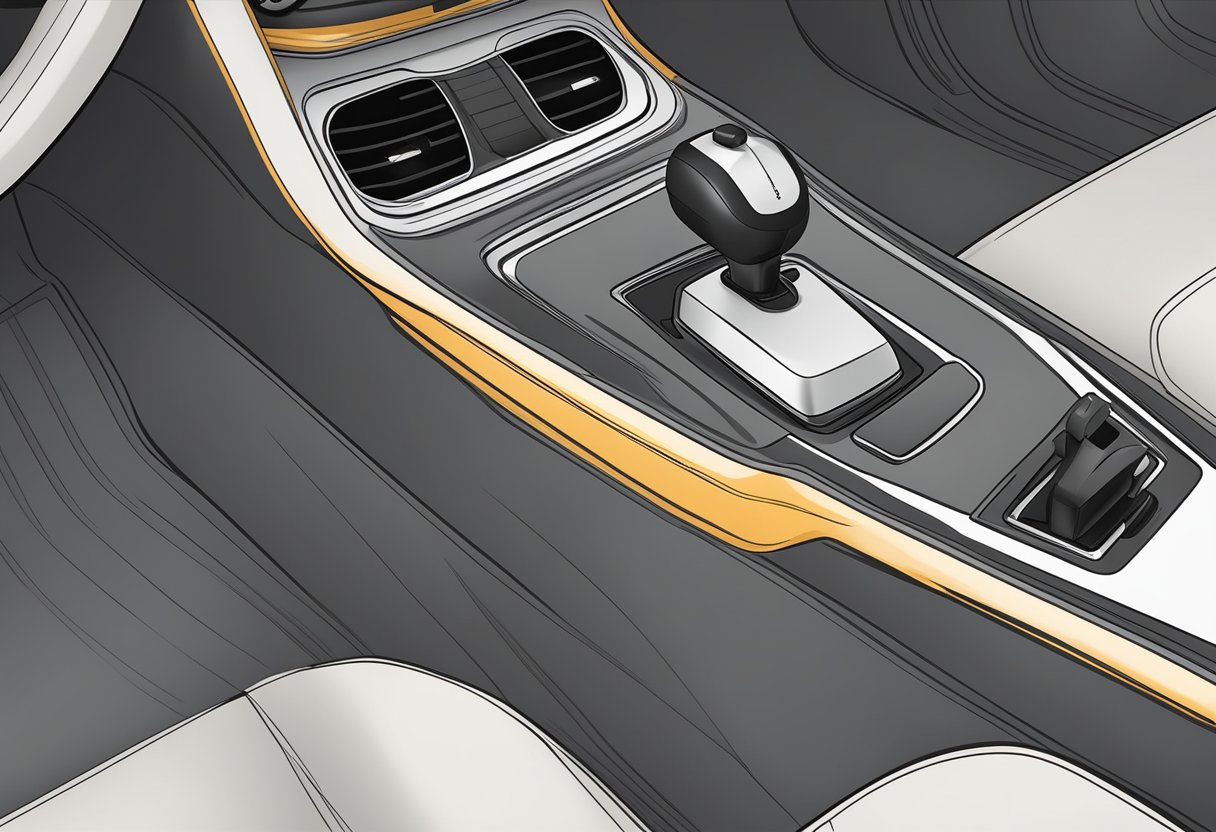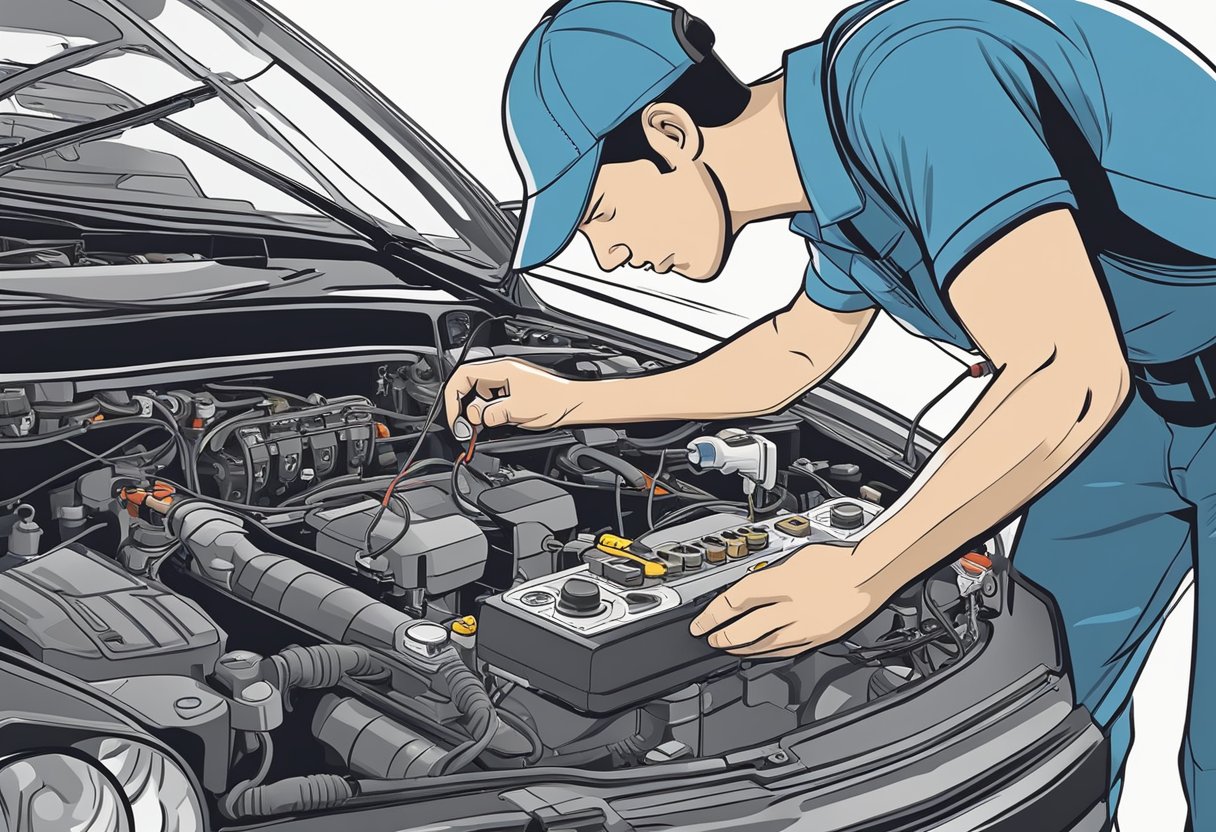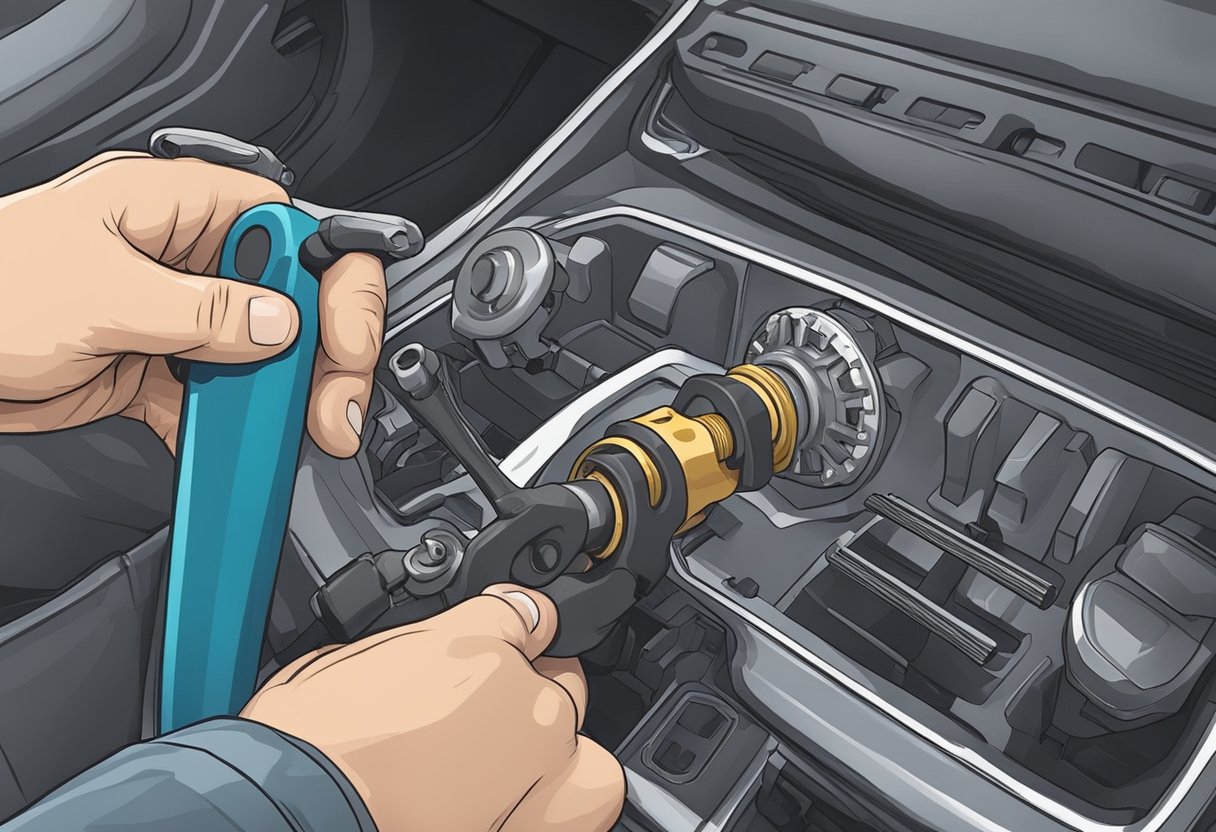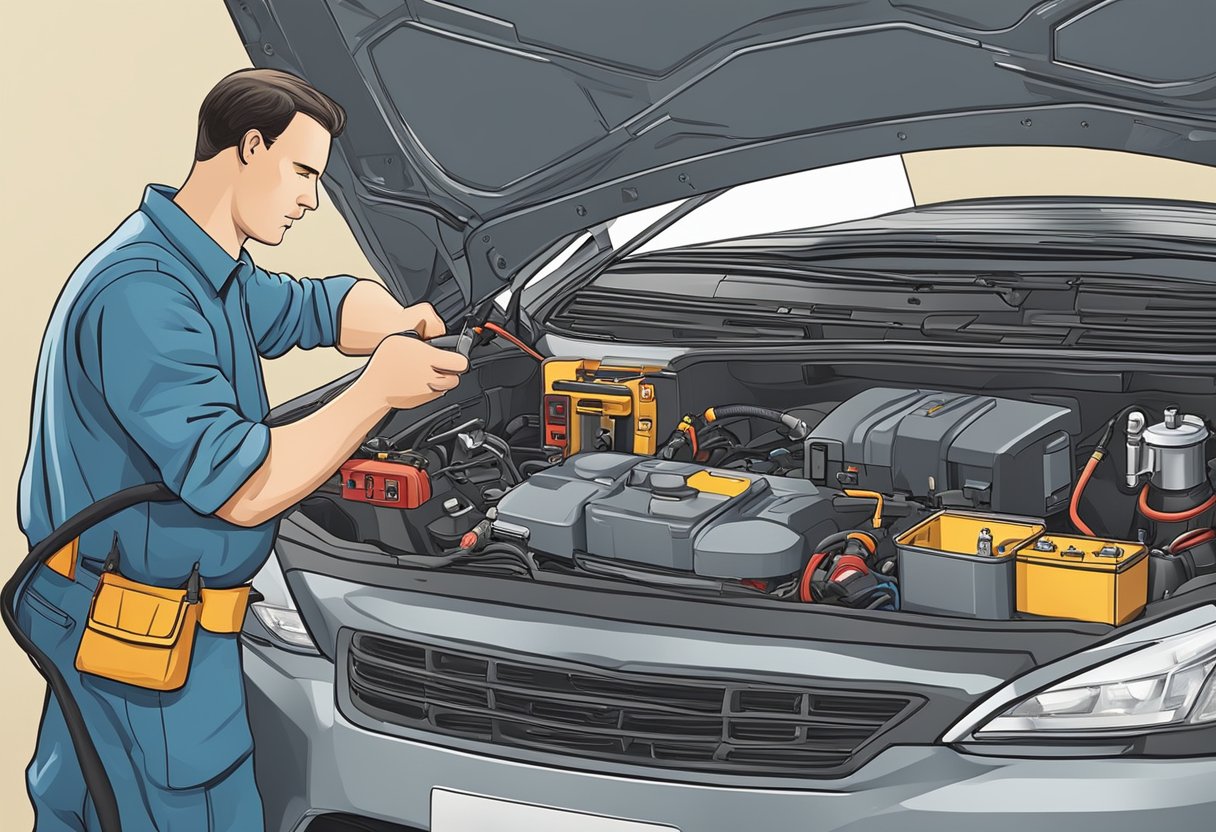If you’re driving a vehicle with an automatic or manual transmission, you’re probably familiar with the neutral safety switch. This safety feature is designed to prevent the engine from starting while the transmission is in gear. It’s a crucial component that helps keep you and your vehicle safe on the road.
The neutral safety switch is typically located on the transmission case, and it’s activated by the shift selector. In an automatic transmission, the switch is designed to keep the starting system from operating unless the transmission is in Park or Neutral. In a manual transmission, the switch is typically activated by the clutch pedal. When you press down on the clutch, the switch is engaged, allowing the engine to start.
Understanding Neutral Safety Switches
When it comes to safety, the neutral safety switch is one of the most important components in your vehicle. It is a safety feature that prevents the engine from starting unless the transmission is in park or neutral. In this section, we will explore the function and importance of neutral safety switches and the different types available.
Function and Importance
The neutral safety switch is a crucial component of your vehicle’s safety system. Its primary function is to prevent the engine from starting unless the transmission is in park or neutral. This is important because it prevents the vehicle from moving while the engine is running, which could cause serious accidents.
The neutral safety switch is wired to the starter motor and the ignition system. When the transmission is in park or neutral, the switch allows the electrical current to flow to the starter motor and the ignition system. However, when the transmission is in gear, the switch disconnects the wiring to the ignition system, preventing the electrical current from flowing and leaving it open and disconnected.
Types of Neutral Safety Switches
There are two types of neutral safety switches: those used in vehicles with automatic transmissions and those used in vehicles with manual transmissions.
In vehicles with automatic transmissions, the neutral safety switch is usually located on the steering column or the transmission selection shaft. It is designed to prevent the engine from starting unless the transmission is in park or neutral.
In vehicles with manual transmissions, the neutral safety switch is often combined with the clutch safety switch. The clutch safety switch prevents the engine from starting unless the clutch pedal is fully depressed. This is important because it ensures that the vehicle is not accidentally started while the transmission is in gear.
Overall, the neutral safety switch is an essential safety feature in your vehicle. It prevents the engine from starting unless the transmission is in park or neutral, ensuring that the vehicle is not accidentally started while the transmission is in gear.
Symptoms of a Faulty Neutral Safety Switch
The neutral safety switch is an essential component of your vehicle’s transmission system. It prevents the engine from starting in any gear other than park or neutral and also activates the backup lights when the vehicle is in reverse. A faulty neutral safety switch can cause a variety of issues that can be dangerous if left unaddressed.
Trouble Starting the Vehicle
One of the most common symptoms of a faulty neutral safety switch is difficulty starting the engine. If the switch is malfunctioning, it may prevent the engine from starting altogether, or it may allow the engine to start in gear, which can be a safety hazard. If you experience difficulty starting your vehicle, it is essential to have the neutral safety switch inspected by a qualified mechanic.
Unexpected Vehicle Movement
Another symptom of a faulty neutral safety switch is unexpected vehicle movement. If the switch is not functioning correctly, it may allow the vehicle to move forward or backward unexpectedly, even when the transmission is in gear. This can be a serious safety hazard, as it can cause an accident or injury. If you notice unexpected vehicle movement, have the neutral safety switch inspected immediately.
Issues with Backup Lights
The backup lights are an essential safety feature of your vehicle, as they alert other drivers that you are backing up. If the neutral safety switch is malfunctioning, it may prevent the backup lights from turning on when the vehicle is in reverse. This can be dangerous, as it can cause other drivers to collide with your vehicle. If you notice issues with your backup lights, have the neutral safety switch inspected by a qualified mechanic.
In conclusion, a faulty neutral safety switch can cause a variety of issues that can be dangerous if left unaddressed. If you experience any of these symptoms, it is essential to have the switch inspected by a qualified mechanic to prevent accidents or injuries.
Testing and Diagnosing Issues
When it comes to testing and diagnosing neutral safety switch issues, there are a few methods that you can use to determine whether your switch is functioning properly. In this section, we will cover two common methods: using a multimeter and visual inspection.
Using a Multimeter
A multimeter can be a valuable tool for testing the continuity of wires and electrical connections within your neutral safety switch. To begin, you will need to set your multimeter to the continuity testing mode. Once it is set up, you can start testing your switch.
First, locate the neutral safety switch on your vehicle. It is typically located on the transmission, and you can identify it by its wiring harness. Once you have located the switch, disconnect the wiring harness from the switch.
Next, using the multimeter, test the continuity of each wire connected to the switch. If there is no continuity, this indicates that there is a break in the circuit and that the switch is faulty. You may also want to test the switch itself for continuity. To do this, simply connect the multimeter leads to the switch terminals and check for continuity.
Visual Inspection
Another method for testing and diagnosing neutral safety switch issues is through visual inspection. This method is best used for identifying damage, wear, corrosion, or moisture within the switch.
To begin, visually inspect the wiring harness connected to the switch. Look for any signs of damage, such as frayed wires or broken connections. If you notice any damage, you may need to replace the wiring harness.
Next, inspect the switch itself for any signs of wear or corrosion. Check the switch terminals for any signs of rust or corrosion, and ensure that they are clean and free of debris. If you notice any signs of wear or corrosion, you may need to replace the switch.
In conclusion, testing and diagnosing neutral safety switch issues can be done through a combination of using a multimeter and visual inspection. If you are not comfortable performing these tests yourself, it is recommended that you seek the assistance of a professional mechanic.
How Does the Neutral Safety Switch Impact the Transmission Control System?
The neutral safety switch plays a crucial role in the transmission control system alerts. It prevents the engine from starting in gear, ensuring safe and efficient vehicle operation. By detecting the vehicle’s gear position, the switch helps to safeguard the transmission and prevents potential damage.
Replacing a Neutral Safety Switch
If you have determined that your neutral safety switch needs to be replaced, don’t worry. With the right tools and some basic knowledge, you can replace the switch yourself. Here’s a step-by-step guide to help you through the process.
Required Tools and Materials
Before you start, make sure you have the following tools and materials:
- New neutral safety switch
- Socket set
- Screwdriver
- Pliers
- Wrench
- Electrical tape
- Wire stripper/crimper
Step-by-Step Guide
- Locate the neutral safety switch on your vehicle. You may need to consult a diagram or your vehicle’s manual to find it.
- Disconnect the wiring connectors from the switch. You may need to use pliers to remove any mounting bolts or screws holding the switch in place.
- Remove the old switch from its mounting location.
- Install the new switch in the same position as the old one.
- Reconnect the wiring connectors to the new switch. Use electrical tape to secure the connections if necessary.
- Tighten any mounting bolts or screws to secure the new switch in place.
Reconnecting and Testing
Once you have installed the new switch, it’s time to test it to make sure it’s working properly. Follow these steps:
- Reconnect the battery and turn the ignition to the “on” position.
- Shift the transmission into “park” or “neutral.”
- Try to start the engine. It should start only in “park” or “neutral.”
- Shift the transmission into “reverse” or “drive.” The engine should not start.
- If the engine starts in any gear other than “park” or “neutral,” or if it doesn’t start at all, you may need to repeat the installation process or seek professional help.
By following these steps, you can replace your neutral safety switch and ensure that your vehicle is safe to operate.
Maintenance and Prevention
To ensure the longevity and optimal performance of your vehicle’s neutral safety switch, regular checkups and preventative measures are essential. Here are some tips to help you maintain your neutral safety switch.
Regular Checkups
Regular checkups by a qualified mechanic are important to ensure that your neutral safety switch is functioning properly. A mechanic can check for wear and tear, dirt accumulation, and other issues that may affect the switch’s performance. It is recommended to have your vehicle serviced according to the service manual provided by the manufacturer.
Avoiding Common Issues
There are several common issues that can affect the performance of your neutral safety switch. One of the most common is dirt accumulation. Dirt can cause the switch to malfunction, resulting in issues with starting your vehicle. To avoid this, it is important to keep your vehicle clean and free of dirt and debris.
Another common issue is wear and tear. Over time, the neutral safety switch can wear out, leading to issues with starting your vehicle. To prevent this, it is important to have your vehicle serviced regularly and to replace the switch when necessary.
By following these tips, you can ensure that your neutral safety switch is functioning properly and that your vehicle is safe to operate. Remember to always consult a qualified mechanic if you have any concerns about your vehicle’s performance or safety.
As an Amazon Associate we earn from qualifying purchases.















